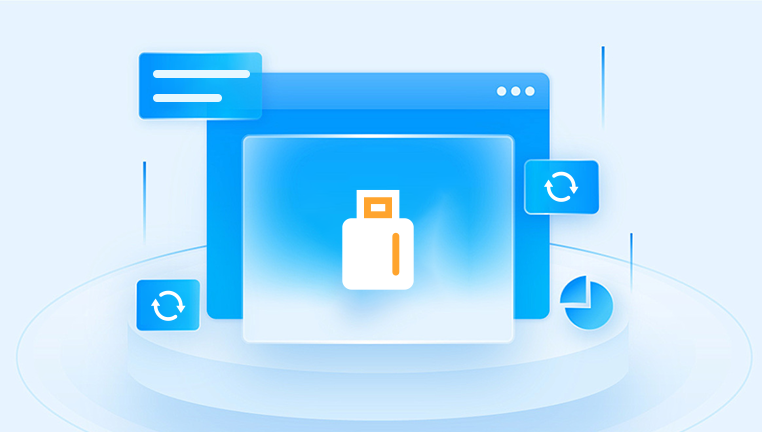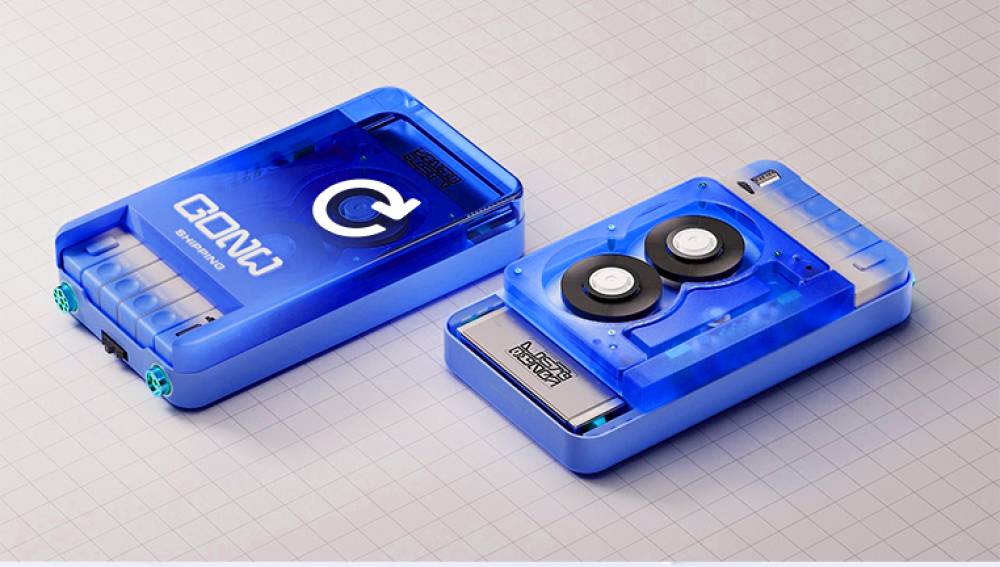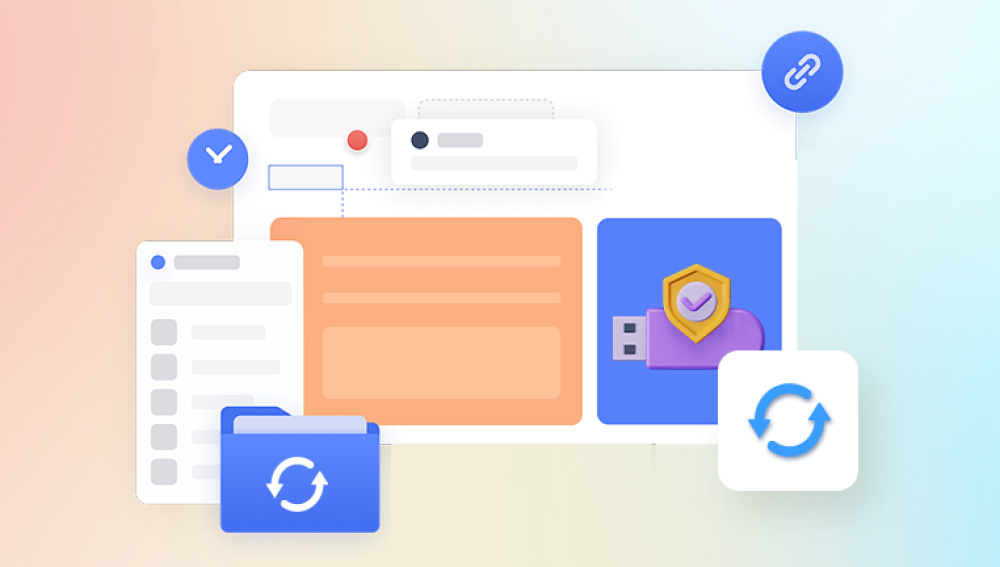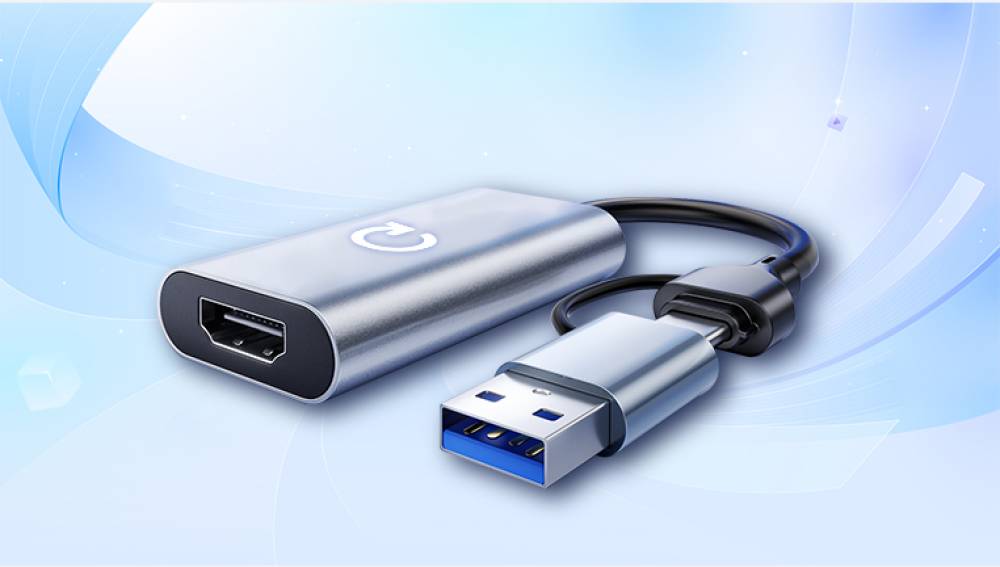Philips TVs, like many other modern smart TVs, are designed to support external USB drives for playing media files, such as videos, photos, and music. However, there are instances where users may encounter problems with the TV failing to detect files or even recognizing the USB drive itself. This can be frustrating, especially when you need to view important media or enjoy entertainment from a connected USB device.
The cause of this issue can range from compatibility problems, file system errors, incorrect file formats, to even problems with the USB port or drive itself. Understanding these potential issues and knowing how to troubleshoot them can help resolve the problem.
1. Ensure Compatibility: File System and Format
The first thing to check when your Philips TV is unable to detect files on a USB drive is whether the file system of the USB is compatible with the TV. TVs often only support certain types of file systems, so using an incompatible one can lead to detection issues.

USB File System Compatibility: Philips TVs typically support USB drives formatted in FAT32 or NTFS. If your USB drive is formatted in a different file system like exFAT, the TV may not recognize it or be able to access files on it.
What to do:
Check the file system of your USB drive. You can do this on a Windows computer by right-clicking on the USB drive in "This PC" and selecting “Properties.” Look under the "File System" section.
If your USB is using exFAT or a similar unsupported file system, reformat it to FAT32 or NTFS. You can do this by right-clicking on the USB drive in "This PC," selecting “Format,” and choosing the appropriate file system.
How to format to FAT32 or NTFS:
For Windows: Right-click the USB drive in File Explorer > Select "Format" > Choose either FAT32 or NTFS > Click "Start."
For Mac: Open Disk Utility > Select the USB drive > Click “Erase” > Choose MS-DOS (FAT) or ExFAT for compatibility with most devices.
File Format Compatibility: Even if your USB is formatted correctly, the TV may not support the specific file format you are trying to play. Philips TVs generally support popular video formats like MP4. AVI, MKV, and audio formats like MP3. However, if the file is in a non-supported format (like MOV, FLV, or certain codecs), the TV might not be able to detect or play it.
What to do:
Ensure the media files on your USB drive are in a compatible format. If not, consider converting them to a supported file type using a file conversion tool.
Use media player software (like VLC or HandBrake) to convert videos to MP4 or other formats supported by your TV.
2. USB Drive Size and Power Considerations
Some Philips TVs have limitations on the size of the USB drive they can handle. Larger drives, especially those over 1TB, may cause the TV to fail in detecting them due to hardware or software limitations. Also, USB drives that require more power (e.g., some external hard drives) may not work properly when connected to the TV’s USB port, especially if the port does not provide enough power.
What to do:
Check the size of your USB drive. If it exceeds the TV’s recognized limit, try using a smaller drive (under 1TB).
For external hard drives that require more power, consider using a powered USB hub or connecting the drive directly to a wall outlet, if applicable.
3. USB Port Issues
It is also possible that the issue lies with the USB port on the TV itself. Sometimes, a faulty or loose USB connection may prevent the TV from detecting the connected drive.
What to do:
Try connecting the USB drive to a different USB port on the TV (if available).
Check the USB port for visible signs of damage or dirt. Clean the port gently using a soft brush or compressed air.
Test the USB drive on another device, such as a computer, to verify that the issue is with the TV and not the USB drive.
4. USB Drive and TV Firmware Updates
Outdated software, either on the USB drive or the TV, can contribute to issues with file detection. Firmware updates on your Philips TV may address bugs or add support for new file types and formats, improving compatibility with external devices like USB drives.
What to do:
Check if there is a firmware update available for your Philips TV. To do so, navigate to your TV’s settings menu and look for an option to update the software. You can also check the Philips website for the latest firmware for your TV model.
If the USB drive is an external hard drive or uses specialized software, check the manufacturer’s website for any updates or drivers that may improve compatibility with your TV.
5. File Corruption or Errors on the USB Drive
Sometimes the issue can be caused by corrupt files or data errors on the USB drive itself. This may prevent the TV from accessing the files, even if the drive is formatted correctly and the file types are supported.
What to do:
Run a disk check on your USB drive to ensure it is free from errors. On Windows, you can do this by right-clicking the USB drive in "This PC," selecting "Properties," then going to the "Tools" tab and clicking "Check" under Error Checking.
If corruption is found, you may need to repair the drive or reformat it. However, be sure to back up important files before reformatting.
6. TV Settings and Media File Settings
Some settings in the TV’s menu may affect how the USB drive is detected or how files are displayed. If the TV’s input settings are not configured properly, it may fail to recognize files on a USB drive.
What to do:
Check the input settings on your TV to ensure it is set to the correct source for the USB drive (e.g., USB or external device).
Ensure that the media file types are recognized by the TV. Sometimes TVs will only display files from certain directories or file extensions. Try organizing your files into folders that match the TV’s file structure, such as "Movies," "Music," or "Pictures."
7. Rebooting and Resetting the TV
If all else fails, a simple reboot or reset may resolve temporary issues with USB detection.
What to do:
Turn off the TV and unplug it from the power outlet for a minute. Then plug it back in and restart the TV. This can help reset the TV’s internal components and resolve minor glitches.
If the problem persists, consider performing a factory reset on the TV (after backing up your preferences and settings). This can often fix software-related issues that affect USB detection.
8. Additional Tips
Try a Different USB Drive: If you have access to another USB drive, test it with the Philips TV. This can help determine if the issue is with the USB drive itself or the TV.
Consult the TV Manual: Each model may have its specific requirements or limitations when it comes to USB ports and file types. Consult your Philips TV’s user manual for more detailed specifications.
Contact Philips Support: If none of the above solutions work, contact Philips customer support for further assistance. There may be a hardware issue with your TV that requires professional repair.




